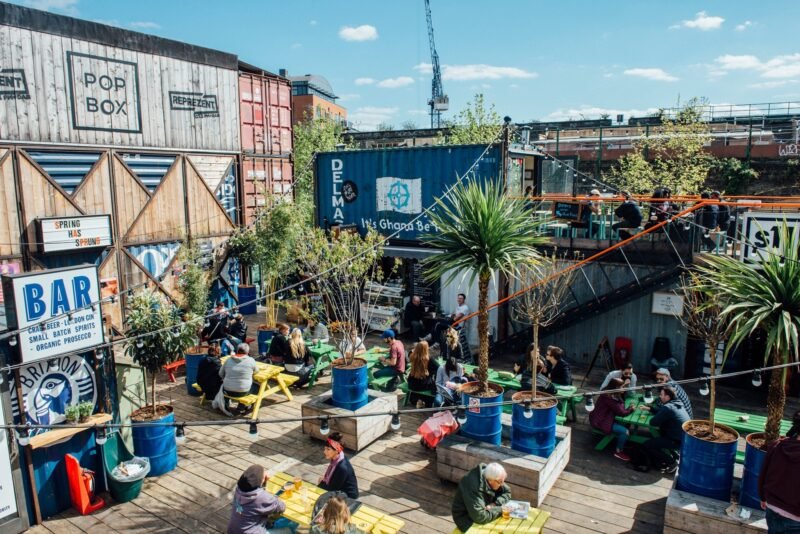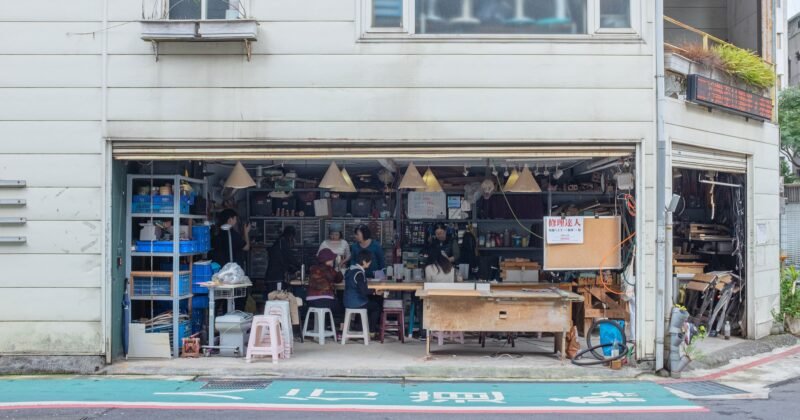Pavements For The People
With more people in cities, comes the need for more public space. Forced to work with the constraints of existing urban landscapes, cities such as Seattle are revitalizing underused areas in order to create vibrant social spaces.
As urban density increases on a global scale, this places extreme pressure on the cities of today to prepare for the cities of tomorrow. Consequentially, cities are faced with a make or break moment depending on if they have the means and choose to invest in infrastructure or not. While housing and transportation are certainly key points of investment regarding urban infrastructure, they are not the only things to consider. Unfortunately, when it comes to planning for future urban life, it is all too often that features regarding life itself are ignored.

9th Ave and University St on First Hill
The City of Seattle recognizes the importance of accounting for the multitude of social factors which contribute towards a successful city. As the city has seen 50,000 new residents in the last five years, they understand the need to be able to provide appropriate public space for new inhabitants. Addressing public safety and sociability, the Seattle Department of Transportation (SDOT) has implemented a series of short term projects which act upon this very demand.

University St, E Union St, and Boylston Ave in First Hill
The Adaptive Streets Program creates universally accessible projects which are to be available at all times to the general public; regardless of age or ability. The projects are intended to last about one to three years, which allows for them to be constructed quickly, and easily improved upon according to community feedback. Projects which are successful will transition into permanent infrastructure, while unsuccessful projects will simply return to their previous configuration.

Kansas City, Missouri

Los Angeles, California
As a part of this intervention strategy, SDOT created the Pavement to Parks project in 2015 which reclaims underutilized street space to create new public spaces. Their latest project, a ‘Pac-Man’ themed pavement maze was chosen as the top design choice by a local vote. Earlier this year, community members were encouraged to submit project ideas for the otherwise expressionless Capital Hill pavement island.

Philadelphia, Pennsylvania
The Adaptive Streets Program is an experimental and cost-effective way of creating public space as well making improvements to the streets. By implementing tactical urbanism principles, city streets are quickly and cheaply regenerated into vibrant spaces for community gathering. In addition to Seattle, other cities have adopted this strategy as well and pavement parks are becoming increasingly popular across North America.



